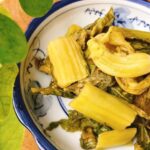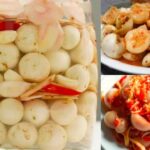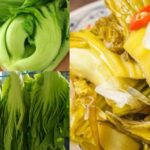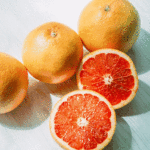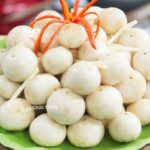What is Mẻ?
Mẻ, or fermented rice, is a common ingredient in Vietnamese cuisine, known for its tangy taste and distinctive aroma. It is often used in stews, sour soups, hot pots, and rice vermicelli broth, among other dishes.
Mẻ is essentially rice that has undergone a fermentation process, resulting in a simple yet versatile ingredient.
How to Make Mẻ Without a Starter
There are various methods to make mẻ, and traditionally, homemakers would borrow some fermented rice starter from their neighbors. This starter would be mixed with cooked rice and left to ferment in a clay pot, resulting in a sour and usable product within a few days.
However, it is not necessary to have a starter. You can easily make mẻ at home with just a few simple ingredients and some patience.
The first requirement is a clean clay, porcelain, or glass jar to ensure both aesthetics and safety during the fermentation process. Thoroughly wash and sterilize the jar with boiling water, allowing it to air dry completely.
The two main ingredients you’ll need are rice and clean water. The type of rice you use will determine the color of your mẻ. Older rice will give a slightly yellowish hue, while white rice will result in a whiter mẻ.
Rinse the rice and add it to a pot. Use twice the amount of water as rice, or even more, and cook as you normally would.
When the water boils, carefully scoop out the rice water and set it aside to cool completely. Continue cooking the rice until it is fully cooked.
Spread the cooked rice onto a plate or bowl and let it cool down to room temperature.
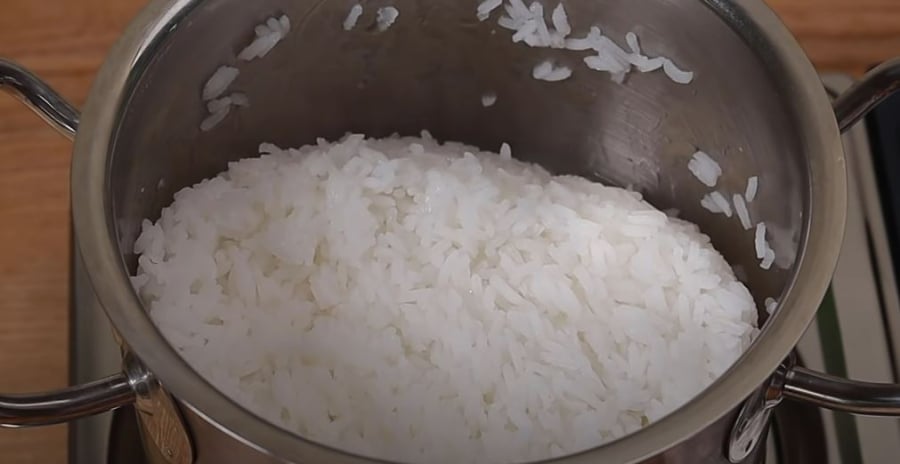
Making mẻ is simple; you just need to cook rice with a larger amount of water than usual.
Once the rice and rice water have cooled, add the rice to your prepared jar and pour the rice water on top. Cover the jar with a thin cloth, and place the lid loosely on top to allow airflow, facilitating the growth of microorganisms necessary for fermentation.
Keep the jar in a cool, shaded place, and give it a gentle stir every couple of days with a clean spoon or chopsticks. After about 2-3 weeks, depending on the temperature, the rice will have fermented and developed a mild sour taste. The longer you let it ferment, the stronger the flavor will become.

With this method, you’ll have your own homemade mẻ ready in 2-3 weeks.
To maintain your mẻ, add a couple of spoons of clean rice or rice vermicelli to the jar every few days. Keep the jar in a dry, cool, and well-ventilated area.
To ensure your mẻ stays white and fragrant, you can add a few slices of ginger or a piece of pork or chicken bone to the jar.
When using your mẻ, scoop out the fermented rice from the bottom of the jar with a clean spoon, avoiding the unfermented rice on top. Do not pour the used mẻ back into the jar.
If you notice any mold, discard the entire batch and start over.
Aside from cooking, mẻ can also be used for cleaning. For example, you can apply mẻ to the bottom of a pot overnight, and it will help remove stubborn stains.
The Secret to Perfectly Crisp and Delicious White Salted Mustard Greens: A Simple Trick to Ensure They Stay Pristine and Vangiant-Free
“Pickled cabbage is a beloved Vietnamese delicacy with a crunchy, crisp texture and a delightful tang. The secret to achieving this perfect texture and pristine white appearance lies in a special ingredient added during the pickling process. This time-honored technique ensures a truly exceptional culinary experience, and we’re here to reveal the mystery behind it.”

























